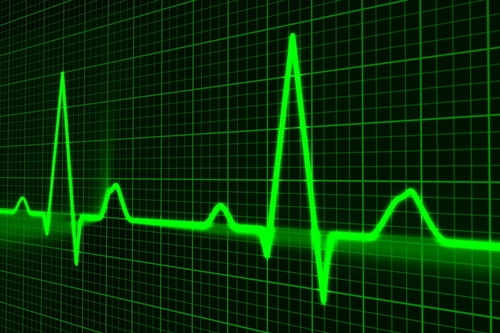
(PublicDomainPictures, Pixabay)
29 June 2016. An analysis of regulatory approvals and outcomes shows medical devices are reviewed and approved faster in Europe than the U.S., but also face more safety issues later on. A team from Kings College London and Harvard University published its findings yesterday in the journal BMJ.
Researchers led by Aaron Kesselheim, a bioethicist at Harvard Medical School and professor of medicine at Brigham and Women’s Hospital in Boston, sought to better understand the impact of different regulatory approaches for medical devices between Europe and the U.S. In Europe, medical devices can receive Conformité Européenne or CE certification from the European Union if developers can show the devices work as intended and are likely to be safe. Clinical trials are required only on some high-risk systems. In the U.S., the Food and Drug Administration requires high risk devices to demonstrate safety and effectiveness, usually in clinical trials, before approval for marketing.
As a result, medical devices are generally approved faster in Europe and before the U.S. Regulators in both jurisdictions, say the authors, need to balance faster access to new devices against the public safety in setting rules for their review. In 2012, however, FDA issued a report listing 12 devices, such as breast implants and stents to repair aneurysms, that were approved in Europe but later found to harm patients. In this study, the team aimed to provide more systematic evidence of the impact on safety from the different approaches to regulation, which up to now has been limited by a lack of public registries of devices in Europe — FDA has such a registry — decentralized nature of regulation in Europe, and confidentiality of information provided to regulators.
Kesselheim and colleagues reviewed public announcements, through news releases and reports such as financial filings, of medical devices receiving CE certification from 2005 through 2010. Their review yielded a collection of 309 devices designed to treat cardiovascular, neurologic, and orthopedic conditions. The team also reviewed FDA registries and records for these same devices, as well as public records of clinical trials testing the devices for safety and effectiveness.
The researchers rated each device a “major innovation” if it represented the first of a new class of device, introduced new technology, made new claims of safety and effectiveness, or was intended for a new patient population. Devices not meeting any of these criteria were considered “other changes.” In addition, the team reviewed public databases and records in the U.S., U.K., and Germany for product recalls, safety notices, or software upgrades to fix deficiencies.
The Harvard-Kings College team found nearly 8 in 10 of the devices receiving CE marks (79%) were for cardiovascular conditions with the remainder split about evenly between neurologic and orthopedic devices, and about a quarter (24%) rated as major innovations. About two-thirds of the devices approved in Europe (67%) were also approved by FDA.
The researchers report as of January 2016, about a quarter of the devices (24%) receiving CE certification were recalled or the subject of a safety alert, such as an automated system to assist heart pumping that shut down and stopped without warning. Of the recalls and alerts, nearly twice the number occurred among devices approved first in Europe (27%) than those approved first by FDA (14%). Using statistical models of risk over time, devices approved first in Europe had a 3 to 4.5 times greater chance of recall or safety alerts than first approved in the U.S.
In addition, only about half (49%) of devices considered major innovations reported published clinical trials supporting their approval. Reports of these trials were published a median of about 3 years (37 months) following regulatory approval. Devices approved in the U.S. using FDA’s pre-market approval pathway for higher-risk systems were more likely to have published clinical trials than devices using other processes.
The authors recommend caution in overhauling regulatory processes to increase the speed of reviews, but also greater transparency for regulatory decisions in Europe, beginning with making public the current European database of devices. Kesselheim and colleagues also note that there is not necessarily a trade-off between regulation and market success. They cite a recent study showing coronary stents evaluated in clinical trials were more likely to be commercially successful than those that were not tested. Thus higher regulatory standards could help improve product sales.
Read more:
- New Diabetic Eye Disease Drugs Shown Not Cost-Effective
- Dispensing Device Shown to Boost Meds. Adherence
- 566 New Drugs in Pipeline for Orphan Diseases
- Wide Variation Found in Consumer Blood Tests
- FDA Assessing Opioid Regulatory Reviews, Labeling
* * *

 RSS - Posts
RSS - Posts
[…] More Device Approvals, Higher Risks in Europe than U.S. […]
[…] More Device Approvals, Higher Risks in Europe than U.S. […]